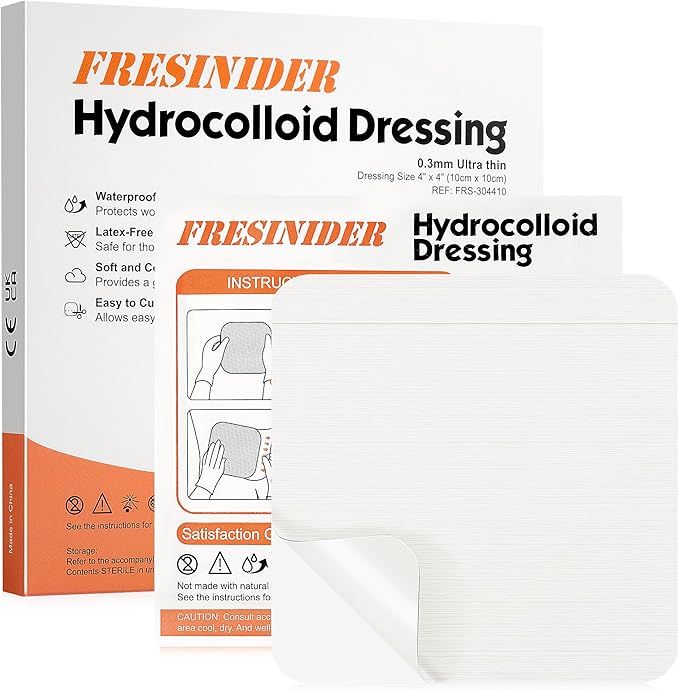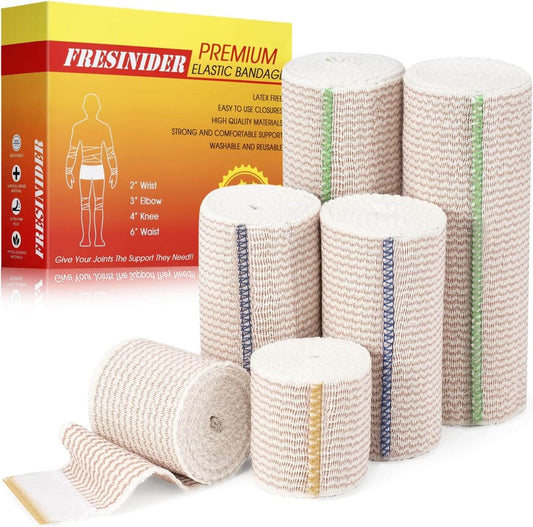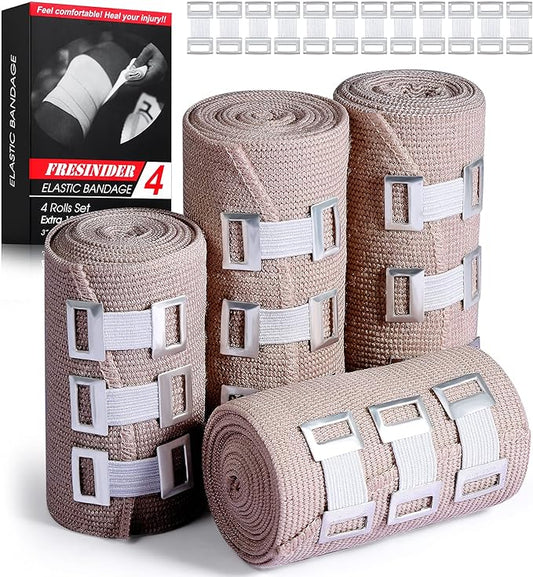Blisters are a common skin problem that almost everyone experiences at some point—whether from new shoes, long hikes, or repetitive friction during sports. While they may seem minor, blisters can cause significant discomfort and sometimes lead to complications if not cared for properly. Choosing the right dressing, such as a hydrocolloid patch, can make a big difference in protection, comfort, and healing speed.
What Are Blisters? Causes and Risks
A blister is a pocket of fluid trapped between layers of skin, usually filled with clear serum. Blisters form as a protective response to friction, heat, or minor injury.
- Common causes: repetitive friction from shoes, sports activities, burns, or prolonged pressure.
- Typical sites: heels, toes, soles, palms; sometimes shoulders or hips in athletes.
- Risk factors: ill-fitting shoes, long hikes, sweaty conditions, sensitive skin, diabetes, or poor circulation.
What Is a Hydrocolloid Dressing?
A hydrocolloid dressing contains gel-forming agents (e.g., carboxymethylcellulose) under a waterproof, breathable film. When it contacts wound fluid, the inner layer forms a soft gel that helps maintain a moist environment and protects the area from friction and contaminants.
If you’d like to explore this topic in more detail, see our full guide on how hydrocolloid dressings work.

Why Hydrocolloid Dressings Are Ideal for Blisters
- Friction protection: cushions heels, toes, and palms during activity.
- Moist healing: helps support natural skin repair without drying or cracking.
- Comfort: low-trauma removal; dressing doesn’t stick to new skin.
- Extended wear: often 2–3 days between changes.
- Waterproof: suitable for showering and daily activity.
- Discreet: thin, skin-toned patches blend with daily wear.
When Not to Use Hydrocolloid on Blisters
- Infected wounds: redness, warmth, pus, or increasing pain—seek medical advice.
- Heavily draining blisters: excess fluid may exceed absorption capacity. In such cases, you may consider a more absorbent option like foam dressing for better exudate management.
- Deep/complex wounds: large, torn, or tunneling blisters require professional care.
- Special populations: people with diabetes or vascular disease should consult a clinician before use.
How to Apply Hydrocolloid Dressing for Blisters
- Clean the area: gently wash surrounding skin; pat dry. Do not puncture an intact blister unless directed by a clinician.
- Choose the right size: dressing should extend 1–2 cm beyond the blister edge.
- Apply smoothly: remove backing; place without wrinkles or air bubbles.
- Leave in place: typically 2–3 days or until edges lift naturally.
- Remove gently: lift a corner and peel back slowly; replace as needed.

Choosing the Right Hydrocolloid Dressing
- Size: small patches for toes/fingers; larger for heels/palms.
- Shape: round or oval contours suit curved areas.
- Thickness: thinner for prevention; thicker for extra cushioning.
- Transparency: transparent versions allow easier monitoring.
- Adhesion: secure but comfortable for removal.

- Helps maintain a moist environment to support the healing process
- Ultra-thin, flexible, and waterproof for daily comfort
- Self-adhesive and gentle during removal
- Ideal for everyday blister care on heels, toes, and palms
Clinical Evidence and Research
- Hydrocolloid dressings are widely used to help maintain moist wound healing and support recovery for superficial injuries.
- Reviews in dermatology note benefits across burns, pressure injuries, and friction blisters.
- Guideline themes emphasize moisture balance and atraumatic dressing changes for comfort and protection.
Common Mistakes to Avoid
- Using a patch that is too small (edges must cover intact skin).
- Removing too early before natural lift occurs.
- Re-using a removed patch.
- Ignoring signs of infection under the dressing.
- Continuing the same friction source (e.g., ill-fitting shoes).
FAQ
Can I use hydrocolloid on an intact blister?
Yes. It cushions and protects without needing to puncture the blister.
Can I shower with it on?
Yes. Hydrocolloid dressings are waterproof.
How long should I keep it on?
Typically 2–3 days, or until the edges begin to lift naturally.
Is it suitable for acne?
Yes. Small hydrocolloid patches are commonly used for blemish care.
Conclusion
Hydrocolloid dressings are one of the best solutions for blisters caused by friction, shoes, or sports activities. They protect skin, reduce pain, support faster healing, and stay in place for days at a time.
For everyday blister care—whether hiking, running, or recovering from daily wear—hydrocolloid dressings provide a reliable, comfortable option.
👉 Explore FRESINIDER Hydrocolloid Wound Dressing for gentle, waterproof, and discreet protection.





